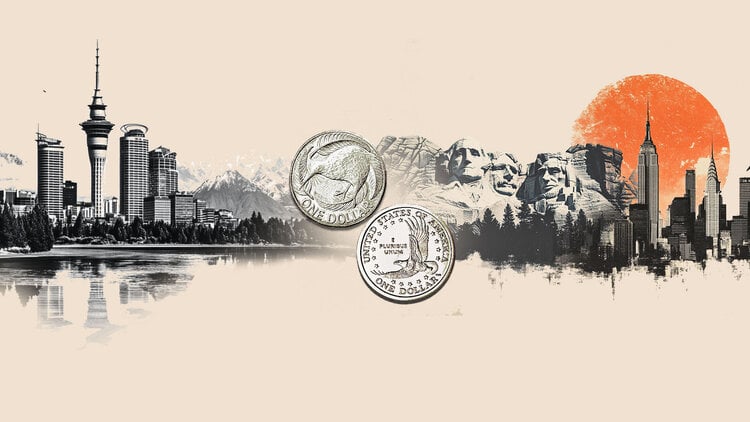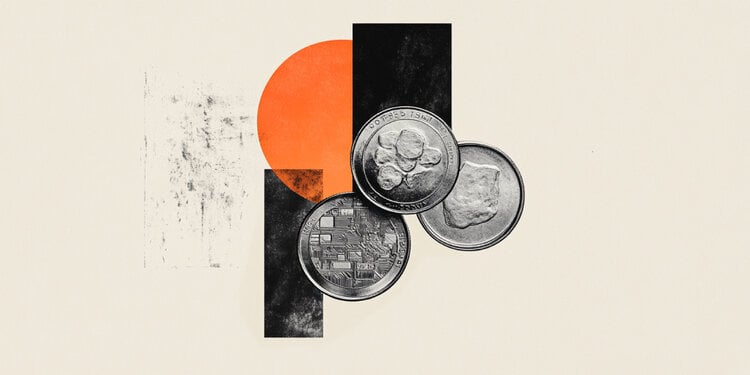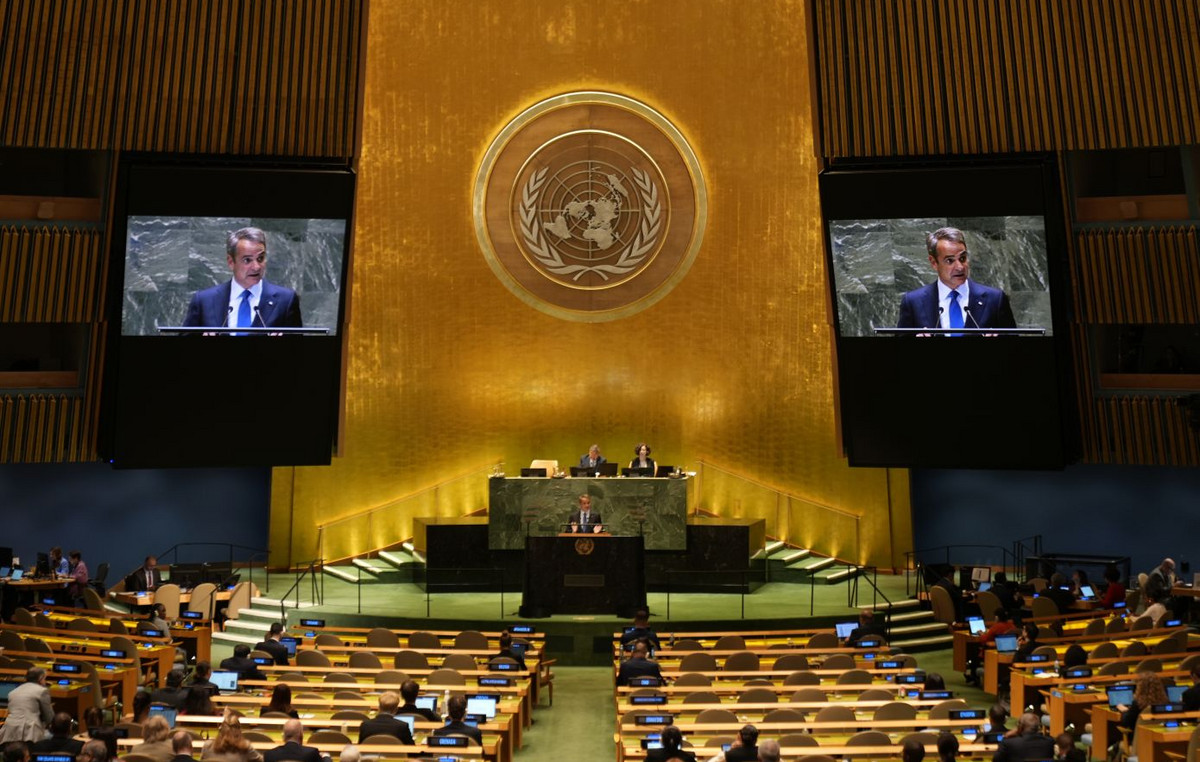- EUR/USD is trading lower near 1.1120 during the Asian session on Wednesday.
- Cautious sentiment is boosting the US dollar, but further dovish comments from the Fed could limit its upside.
- Investors will be closely watching the FOMC minutes on Wednesday for any fresh catalysts.
The EUR/USD pair lost momentum around 1.1120, snapping the three-day winning streak during the European session on Wednesday. The cautious mood in the markets ahead of the July Federal Open Market Committee (FOMC) meeting minutes on Wednesday provided some support to the Dollar.
The FOMC kept the Federal Funds rate unchanged between 5.25%-5.50% at its July meeting. During the press conference, Fed Chair Jerome Powell signaled that a rate cut could be on the table if inflation continues to decline. The dovish tone of the meeting dragged the Dollar lower in the previous sessions. However, the cautious mood ahead of the key event boosts the safe-haven currency like the US Dollar (USD) and creates a headwind for the EUR/USD.
Traders will be focusing their attention on Friday on Fed Chair Jerome Powell’s speech at the Jackson Hole symposium for further clues about the Fed’s plans. Financial markets have priced in a nearly 67.5% chance that the Fed will cut interest rates by 25 basis points (bps) in September, according to the CME’s FedWatch tool.
Across the Atlantic, European Central Bank (ECB) policymaker Olli Rehn said on Monday that the ECB may need to cut interest rates again in September due to persistent economic weakness. Rehn stressed that the recent rise in negative growth risks in the euro zone has supported the possibility of ECB rate cuts at the September meeting. Traders see a 90% chance of a 25bp cut in the deposit rate to 3.5% in September and see at least one more move before the end of the year.
Euro FAQs
The Euro is the currency of the 20 European Union countries that belong to the Eurozone. It is the second most traded currency in the world, behind the US Dollar. In 2022, it accounted for 31% of all foreign exchange transactions, with an average daily volume of over $2.2 trillion per day. EUR/USD is the most traded currency pair in the world, accounting for an estimated 30% of all transactions, followed by EUR/JPY (4%), EUR/GBP (3%) and EUR/AUD (2%).
The European Central Bank (ECB), based in Frankfurt, Germany, is the reserve bank of the Eurozone. The ECB sets interest rates and manages monetary policy. The ECB’s main mandate is to maintain price stability, which means controlling inflation or stimulating growth. Its main instrument is to raise or lower interest rates. Relatively high interest rates – or the expectation of higher rates – generally benefit the Euro and vice versa. The Governing Council of the ECB takes monetary policy decisions at meetings held eight times a year. Decisions are taken by the heads of the national banks of the Eurozone and six permanent members, including ECB President Christine Lagarde.
Eurozone inflation data, as measured by the Harmonised Index of Consumer Prices (HICP), is an important econometric data point for the euro. If inflation rises more than expected, especially if it exceeds the ECB’s 2% target, the ECB is forced to raise interest rates to bring inflation back under control. Relatively high interest rates compared to their peers usually benefit the euro, as it makes the region more attractive as a place for global investors to park their money.
Data releases measure the health of the economy and can influence the Euro. Indicators such as GDP, manufacturing and services PMIs, employment and consumer sentiment surveys can influence the direction of the single currency. A strong economy is good for the Euro. Not only does it attract more foreign investment, but it can encourage the ECB to raise interest rates, which will directly strengthen the Euro. Conversely, if economic data is weak, the Euro is likely to fall. Economic data from the four largest Eurozone economies (Germany, France, Italy and Spain) are especially significant, as they account for 75% of the Eurozone economy.
Another important output for the euro is the trade balance. This indicator measures the difference between what a country earns from its exports and what it spends on imports during a given period. If a country produces highly sought-after export products, its currency will appreciate due to the additional demand created by foreign buyers who wish to purchase these goods. Therefore, a positive net trade balance strengthens a currency and vice versa for a negative balance.
Source: Fx Street
I am Joshua Winder, a senior-level journalist and editor at World Stock Market. I specialize in covering news related to the stock market and economic trends. With more than 8 years of experience in this field, I have become an expert in financial reporting.







